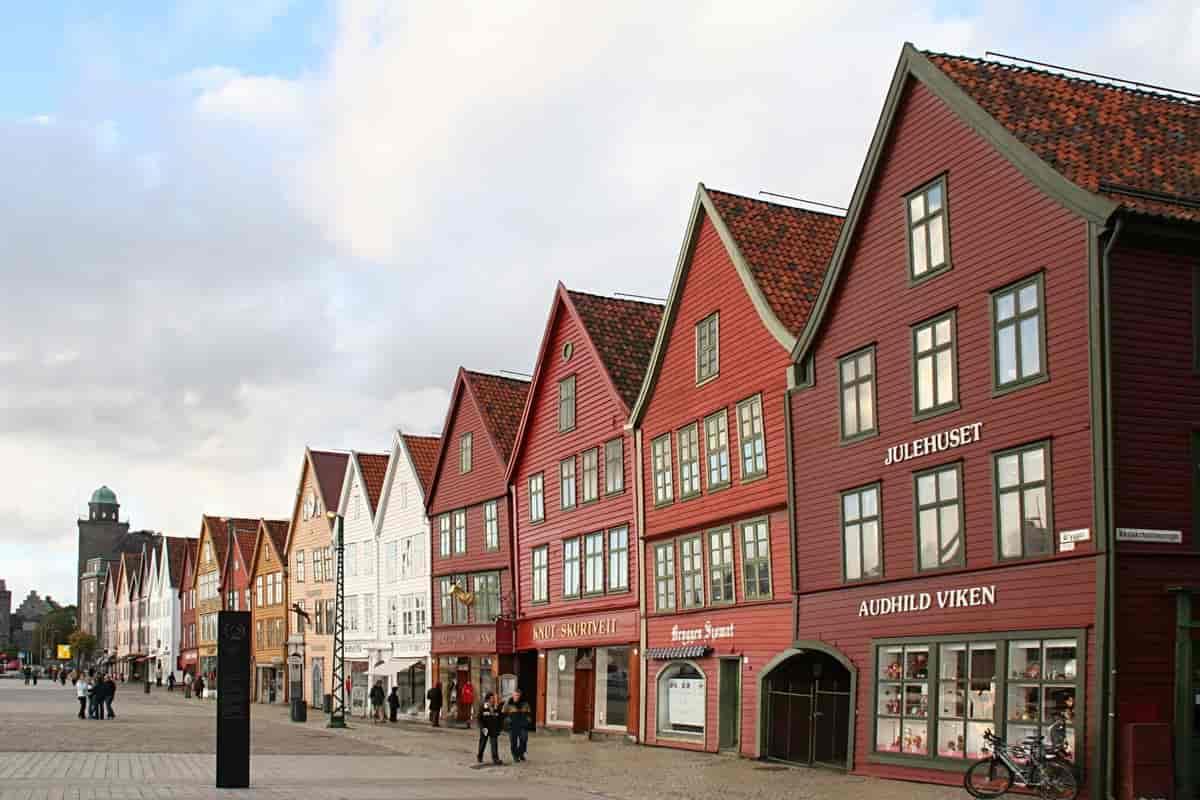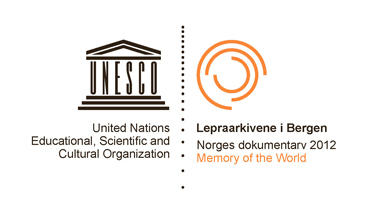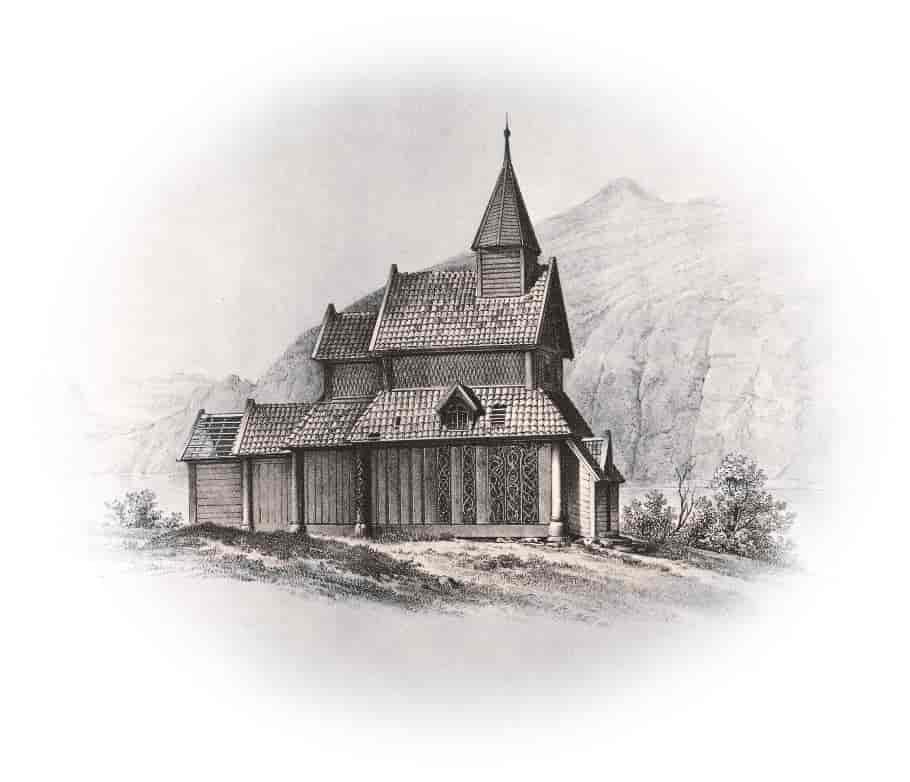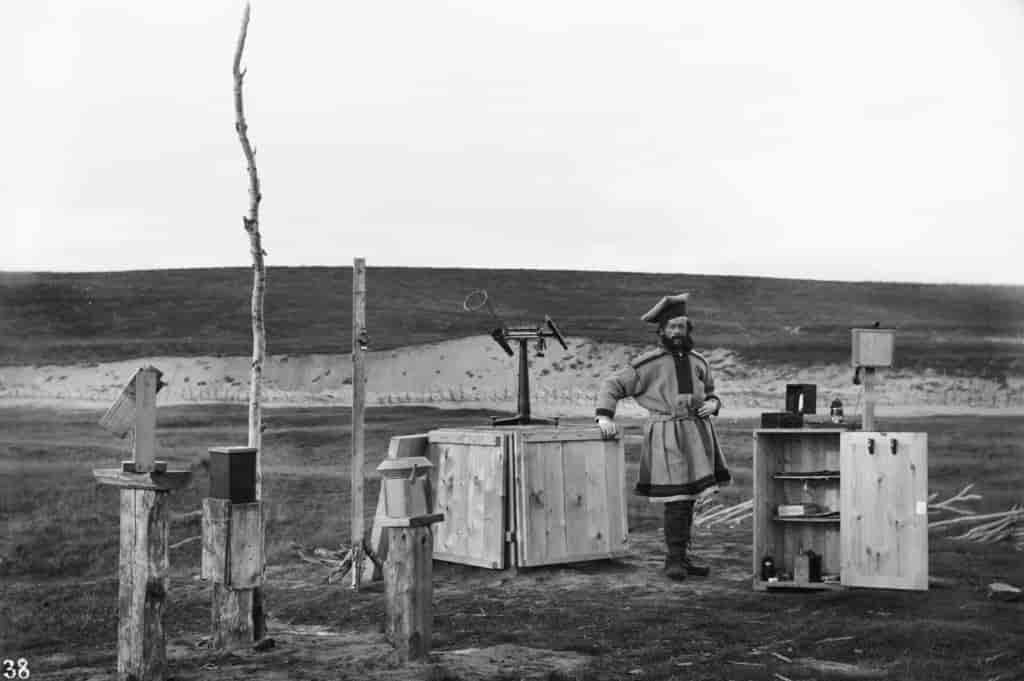UNESCO Initiatives in Vestland County
Several ministries are involved in the UNESCO work in Norway. The Ministry of Foreign Affairs has the overall responsibility for Norwegian policy at the UN, including UNESCO. The Ministry of Education and Research is responsible for coordinating Norwegian UNESCO work, and is also responsible for the fields of education and science. The Ministry of Climate and the Environment is responsible for the World Heritage follow-up, while the Ministry of Culture has the responsibility for UNESCO's culture and communication program. While the ministries are responsible for Norway's official UNESCO policy, the Norwegian UNESCO Commission acts as a liaison between civil society and the Norwegian authorities. The Ministry of Education and Research has secretarial responsibility for the Norwegian UNESCO Commission. There are several UNESCO-initiatives in Vestland County. Here is an overview.

Main content
Bergen Creative City of Gastronomy
Bergen has been listed as a UNESCO Creative City of Gastronomy since 2015. Several hundred chosen cities across the world is part of the UNESCO Creative Cities Network (UCCN), where culture and creative businesses are used as tools for sustainable city development, and as a platform for international cooperation. The network has 7 creative fields: handicrafts and folk art, design, film, gastronomy, literature, media art, and music. Gastronomy has been Bergen's ticket to the network. The produce, food culture and traditions, and culinary arts of the Bergen region has been acknowledge internationally, and Bergen municipality's ability and will to use gastronomy as a way to develop the city has previously been awarded.
Read more about Bergen Creative City of Gastronomy here.
Bryggen in Bergen
Bryggen ('The pier') in Bergen is a UNESCO World Heritage site, and was built around 1070. From 1360 to 1754 it was the seat of the German office in the city and the central hub for the Hanseatic trade in Norway. Today, the area is a vibrant historic district, and one of the biggest prides of Bergen.
See stiftelsenbryggen.no for more information.
Geopark Sunnhordland
Geopark Sunnhordland was established in 2018, and received the status of UNESCO Global Geopark in 2023. The archipelago, fjords, and mountains in Sunnhordland offer a very rich and diverse geology that has significantly influenced both the local area as well as the whole of Western Norway.
Get more information on www.geoparksunnhordland.no.
ICOMOS Norway
ICOMOS - International Council on Monuments and Sites - is a non-governmental international organisation working to preserve the world heritage and advise the UNESCO World Heritage Committee. ICOMOS Norway is the advisor for Norwegian authorities in matters regarding world heritage.
For more information, go to www.icomos.no.
The Leprosy Archives of Bergen (Lepraarkivene i Bergen)
The Leprosy Archives of Bergen is on the UNESCO Memory of the World register, and they document the breakthrough of the scientific understanding and description of leprosy on a world basis.
Visit the UNESCO webpage about The Leprosy Archives of Bergen for more information.
Nordhordland UNESCO Biosphere
The UNESCO Man and the Biosphere (MAB) programme is an internationally recognized status as a model area for sustainable development. The Nordhordland region north of Bergen was designated the Biosphere Reserve status in 2019 as Norway's first, and currently only, Biosphere Reserve.
Read more about biosphere reserves here: en.unesco.org/biosphere
Read more about Nordhordland UNESCO Biosphere Reserve here: www.nordhordlandbiosphere.no/
Nærøyfjorden World Heritage Park
The UNESCO World Heritage site of the West Norwegian Fjords (the Geirangerfjord and the Nærøyfjord) has been inscribed onto UNESCO’s World Heritage list since 2005.
Get more information on www.vestnorskfjordlandskap.com.
Oselvarverkstaden (The Oselver workshop)
Oselvaren is a traditional wooden boat from Hordaland that has been used as a utility boat and for modern row- and sail racing since the 19th century. The foundation "Oselvarverkstaden" in Os in Vestland county is the only place where this boat type is built today. The knowledge of building and using this type of boat is listed as a UNESCO intangible cultural heritage.
For more information, go to www.oselvarverkstaden.no/unesco.
UNESCO Chair for sustainable heritage and environmental management
The University of Bergen was awarded a UNESCO Chair entitled Sustainable Heritage and Environmental Management - Nature and Culture, in 2015 under the UNITWIN/UNESCO Chairs Programme. Associate Professor Inger Måren holds the chair, which was renewd in 2023.
See www.uib.no/en/unesco-chair for more information.
Urnes stave church
The Urnes Stave Church is Norway’s oldest and most highly decorated stave church. It was included on UNESCO’s World Heritage List in 1979.
Read more about Urnes stave church on www.stavechurch.com/urnes-stave-church/?lang=en.
Sophus Tromholts photo archive
Sophus Tromholts photo archive is on the UNESCO Memory of the World register. Sophus Tromholt (1851-1896) was a Danish aurora researcher and amateur photographer who came to Bergen in 1875. He traveled to the Northern lights observatory in Kautokeino in connection with the first international polar year, 1882-83. During his stay in Finnmark, Tromholt took the series of photographs for which he is today best known. He documented the landscape and the research station, but primarily the Sami and Kven populations and their lives.
The entire collection is digitized and available in the online portal Marcus.
United Nations Association of Norway
This is a Norwegian organisation established in 1946, that mainly works with communicating the work of UN, their target group being youth and schools. They also work with creating interest and understanding of the UN and international debates, as well as creating positive attitudes towards solidarity and internationally committed cooperation. Today, the Association has about 30 employees spread between offices in Tromsø, Trondheim, Bergen, Stavanger, Kristiansand and Oslo.
More information about the United Nations Association Norway is available on their website www.fn.no.
Nordic clinker boat traditions
Clinker boats are open, wooden boats that has a very long tradition in the Nordic region - including the Sámi people, Kvens and other feno-scandic minorities. The tradition has been maintained by the The Coastal Federation, the network Nordic Coastal Culture, museums and other contributers, and it was added to UNESCO's Representative List of Intangible Cultural Heritage of Humanity in 2021.
Read more about the nordic clinker boat traditions at UNESCO Intangible Cultural Heritage.
Fjordkysten regional and geopark (ongoing application)
This is Norway's only combined regional park and geopark, located in the municiaplities Solund, Hyllestad, Fjaler og Askvoll in Western Norway. The park works as a colaborative platform across ideal and comercial actors, and its goal is to preserve and develop the region's natural and cultural resources on the community's terms.
Fjordkysten regional and geopark is currently working towards a UNESCO Global Geopark designation.
Read more about Fjordkysten on their website www.fjordkystparken.no.
Stockfish traditions (ongoing application)
Stockfish is a type of cod, which has been dried outside for preservation. This traditional way of preserving fish dates back to the middle ages, and stockfish became one of Norway's largest export product already at this time period. The knowledge of these methods has been passed on through generations, and is an important part of Norwegian cultural heritage.
Slow Food Bergen has initiated an application to have stockfish traditions listed as a UNESCO intangible cultural heritage. An international team consisting of NGOs, organisations and institutions from Norway, Italy and Germany is currently working a UNESCO ICH application for stockfish traditions.















